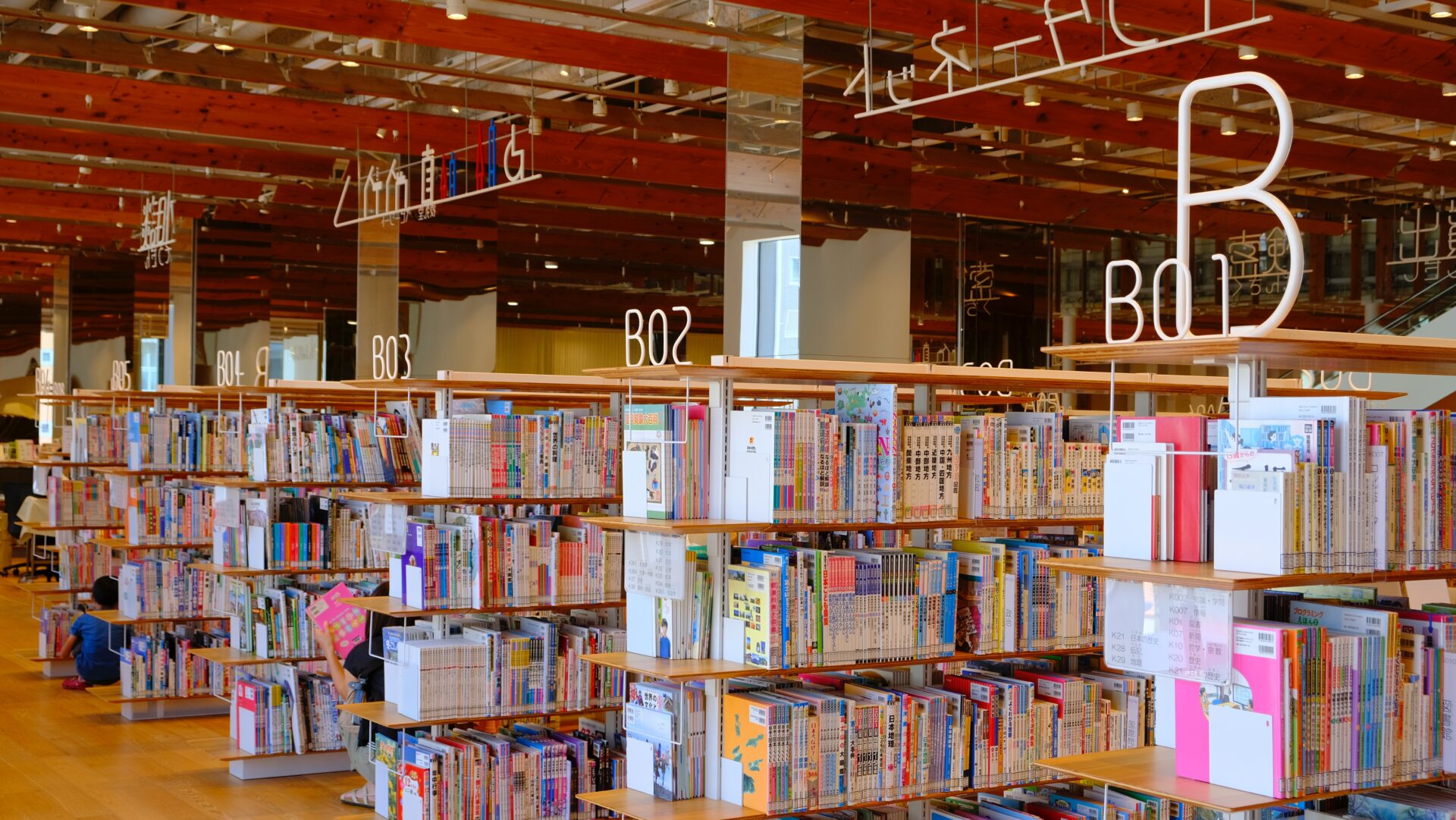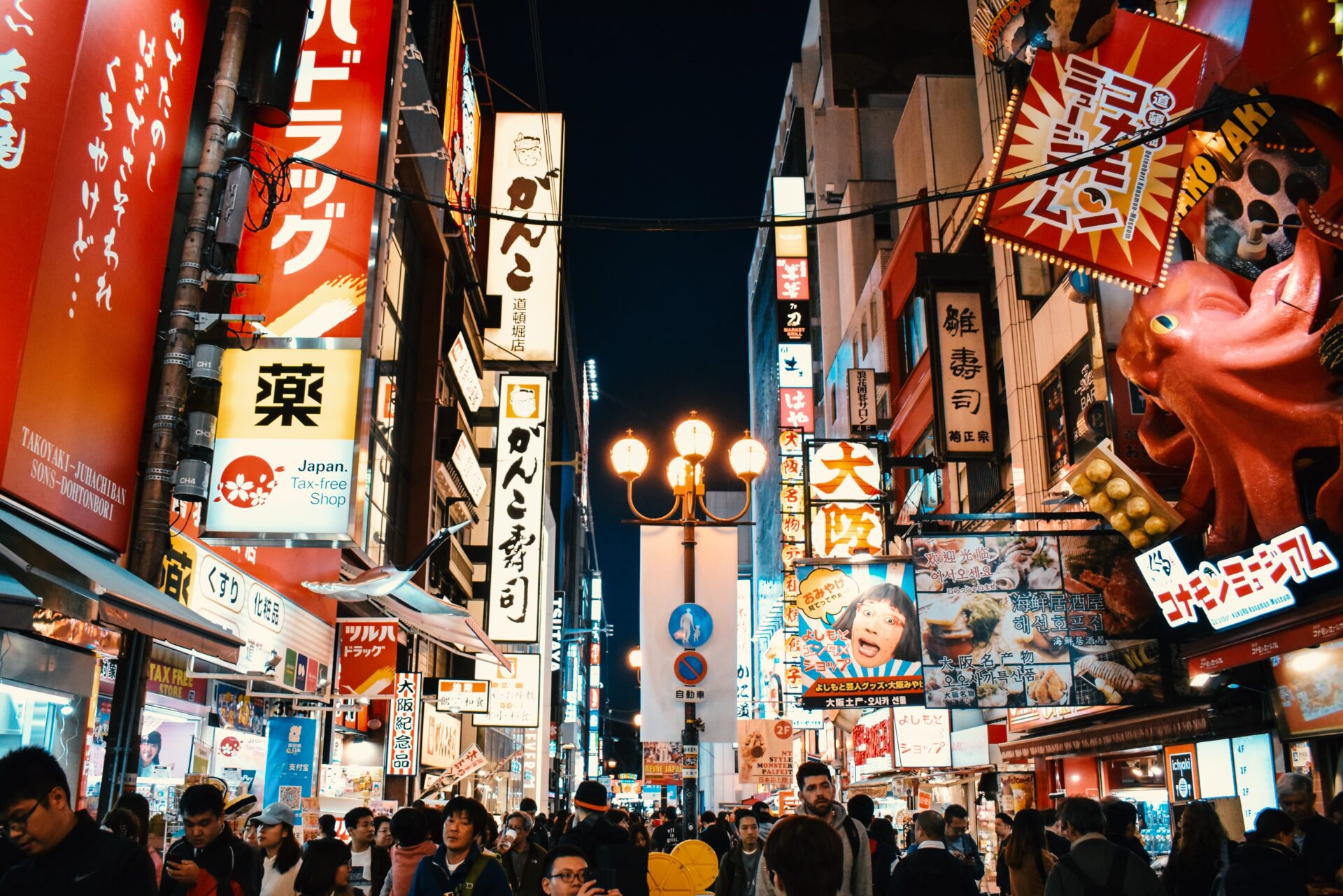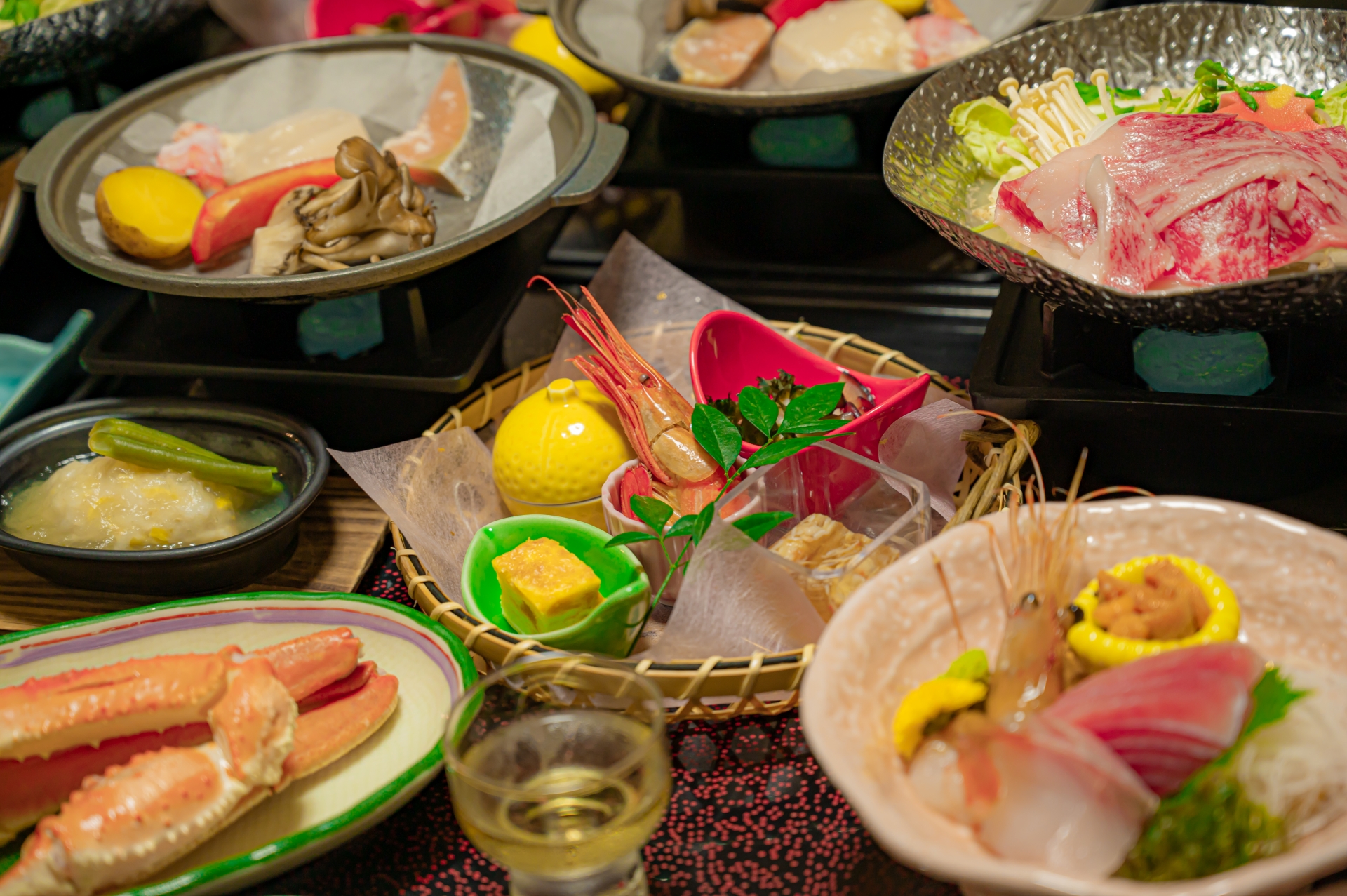The standard Japanese language is typically what is taught in Japanese language schools, but did you know that the world of Japanese is much deeper and has far greater nuance? Japanese dialects vary from region to region, and each region has developed its own unique spin on the language. In this article, we will focus on Japanese dialects and explore their differences and unique points.
What is a Japanese dialect?
Various dialects are spoken in various parts of Japan, including Kansai, Kanto, Kyushu, and Hokkaido. Some dialects are easy to understand because they are similar to standard Japanese, while others are very difficult to understand because they are too far away from standard Japanese. The areas where standard Japanese is commonly used are mainly centered around Tokyo, and the further away from Tokyo, the more the dialects tended to digress and evolve.
Recommended:
History of Dialects in Japan
The history of dialects in Japan is still being researched, but there are two main theories that have been proposed as to why there are such big changes in linguistic development.
The first theory is that in the old days, there were no airplanes or bullet trains as we know them today, so there was no way to immediately transmit the language born in the capital to the provinces. Therefore, it is thought that when the latest words born in the capital were transmitted to the provinces, other ways of saying things may have already been around. In other words, it is said that the farther the distance, the greater the difference between the provincial language and the standard language became.
The second theory is that the language may have developed independently in the region. In the past, transportation was not as convenient as it is today, so people could not travel very far. As a result, people living in a region tended to interact more with the same or nearby regions, and become more and more closed off. It is said that they may have developed their own culture and language in such a closed region. Other reasons have also been cited, such as the fact that people within the same region tried to separate themselves from people in other countries by creating their own language, but the truth is not clear.
1. Kansai Dialect
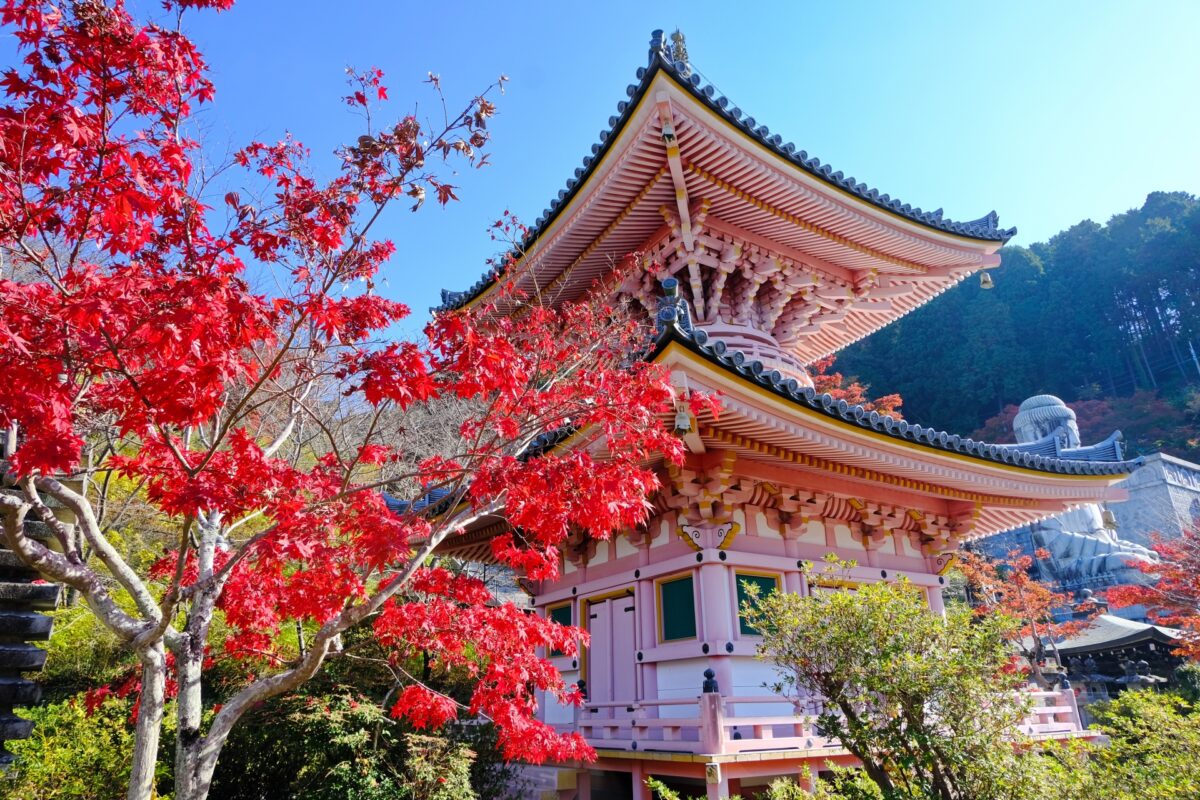
Kansai dialect is one of the most commonly heard dialects in Japan. Some main examples of words in the Kansai dialect are “あかん (akan),” which means “no” and “なんぼ (nambo)” which means “how much”. Many Japanese comedians are from the Kansai region, and this dialect is often heard on TV. The Kansai dialect is spoken mainly in the Kansai region, including Osaka, Hyogo, and Kyoto, and sounds more lighthearted in tone than standard Japanese.
2. Kyushu Dialects
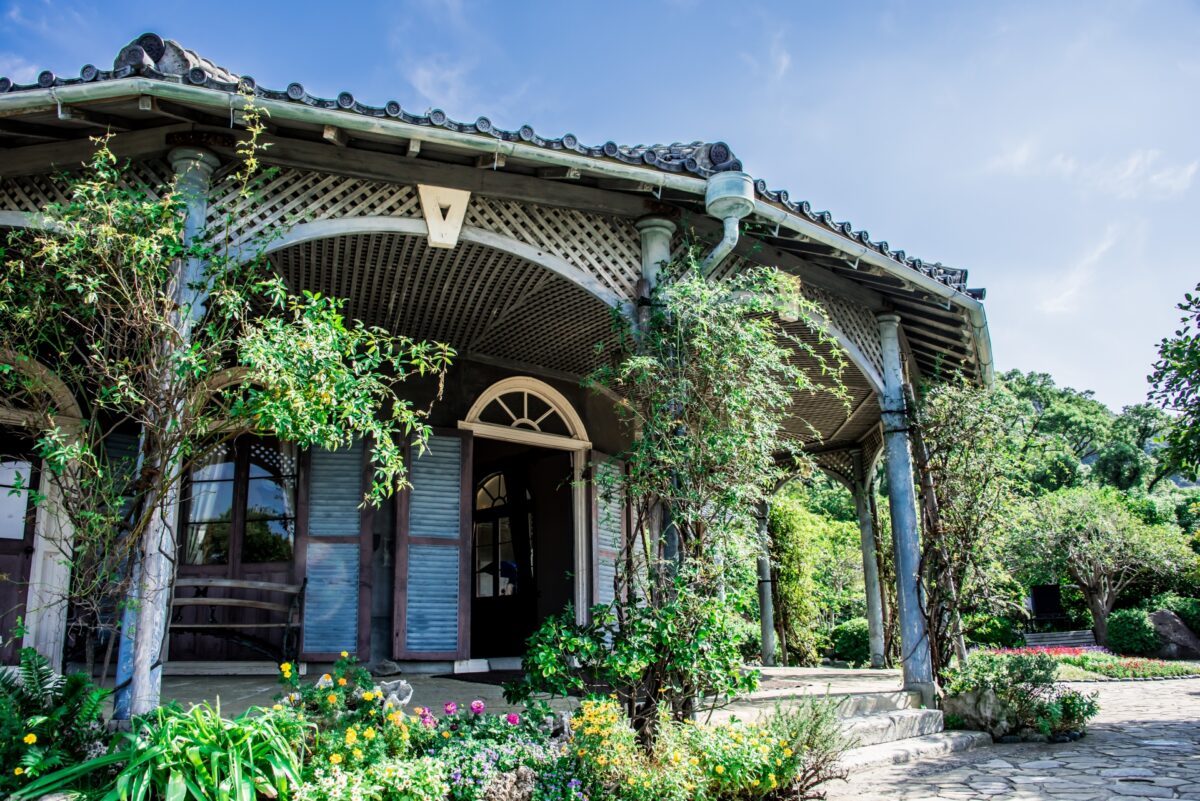
In the Kyushu region, there are actually many local dialects that all fall under the Kyushu dialect umbrella. One characteristic often found in Kyushu dialects is that words often end with “〜たい (~tai)”, “〜けん (~ken)”, or “〜ばい (~bai)”. Kyushu dialects are said to sound very cute when they are heard by speakers of standard Japanese, and it is so popular that the Kyushu dialect spoken in Fukuoka Prefecture was once ranked first in an online survey of favorite dialects in Japan.
3. Hokkaido Dialects
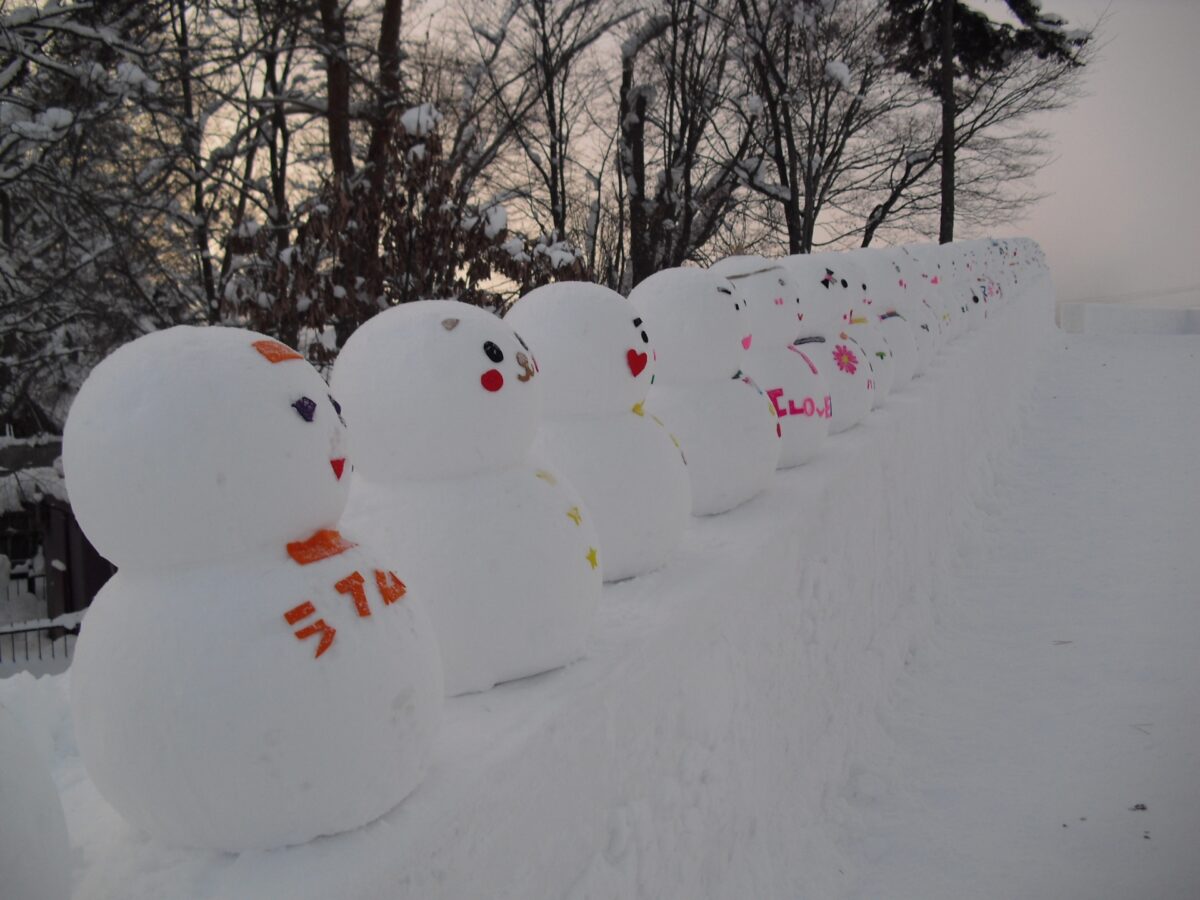
Hokkaido dialect is said to have few peculiarities and is easy to listen to for speakers of standard Japanese. During the Meiji period, many people from all over Japan settled in Hokkaido, so it is said that dialects from different parts of the country were mixed together to create a dialect unique to Hokkaido. The most famous word in the Hokkaido dialect is “めんこい (menkoi),” which means “cute” in standard Japanese, and is a word that is often heard in Japan. With its vast area, Hokkaido has different dialects spoken in different regions.
4. Hokuriku Dialect
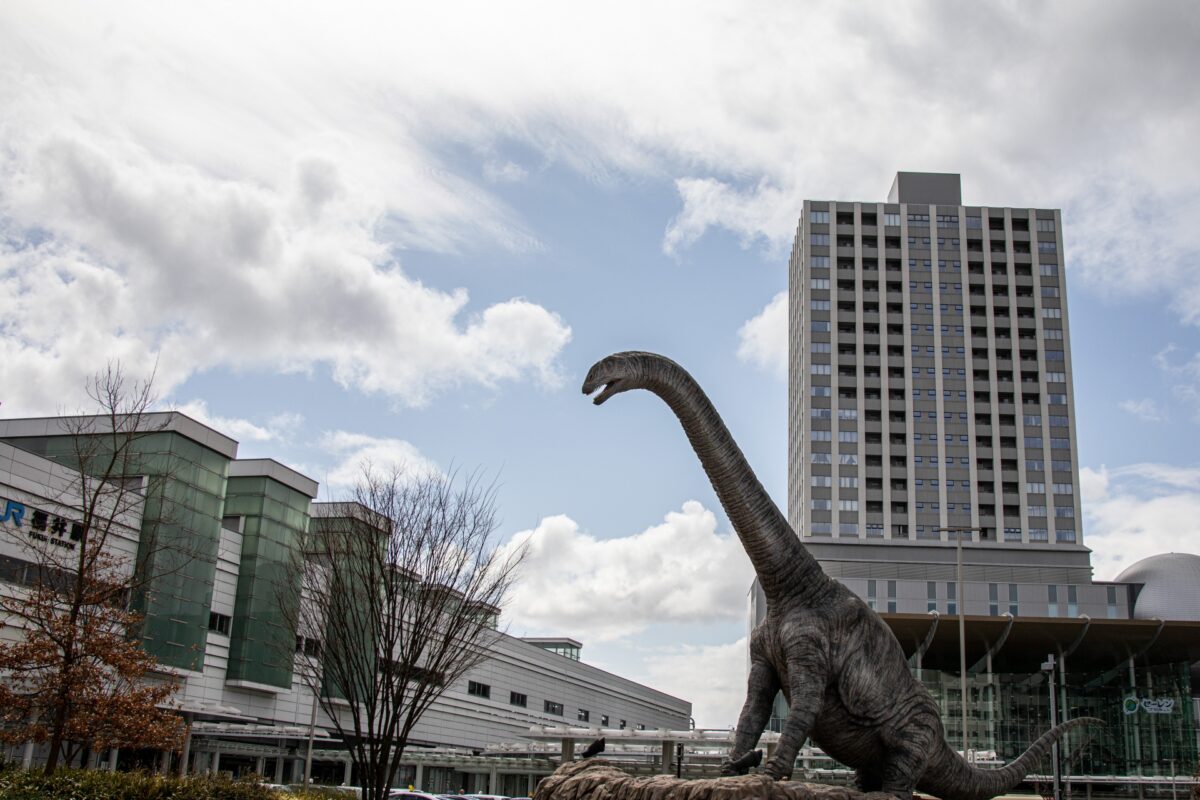
Hokuriku dialect is spoken mainly in the Hokuriku region, including Toyama, Ishikawa, and Fukui, and differs considerably from standard Japanese. A characteristic feature of the Hokuriku dialect is that there are words that are the same as standard Japanese, but with completely different meanings. For example, there is a word spoken in Toyama called “きのどくな(kinodokuna)”, which is the same pronunciation as “気の毒な (kinodokuna)” and basically means “pity” in standard Japanese, but surprisingly, in Toyama it means “thank you”. Even though the expressions are the same, the meanings are completely different, and some of the expressions may surprise even speakers of standard Japanese.
5. Okinawan
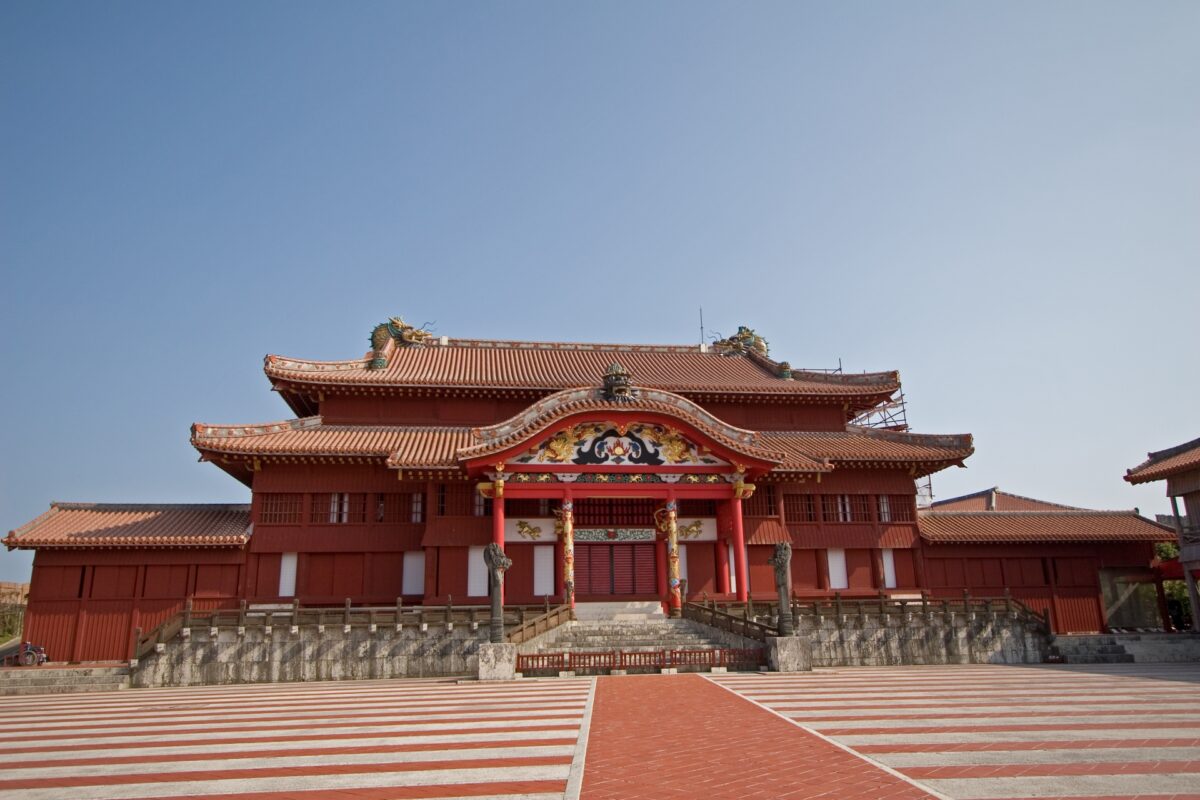
Contrary to common belief, Okinawan is not actually a dialect, but it’s own language system that is separate from standard Japanese. Until 1609, the Ryukyu Islands were an independent kingdom with its own culture, traditions, and of course, languages.
After the Ryukyu Islands were taken over by Japan and renamed Okinawa, standard Japanese became compulsory in schools and business settings. In many cases, indigenous islanders were penalized for speaking their native Okinawan language. That being said, today while there are not as many Okinawan speakers as there once were, oftentimes the Okinawan languages have intergraded themselves into the standard dialect spoken on the island to create their own modern Okinawan dialect.
The most famous example of this is “ハイサイ(haisai)” which means “hello” and is mainly used by men. Women say “ハイタイ(haitai)”. When you go sightseeing in Okinawa, you can say “ハイサイ! (Haisai)” or “ハイタイ! (Haitai)” to greet people you may meet.
This article introduced what Japanese dialects are, their origins, and the dialects that are still spoken in various parts of Japan. Some of the dialects introduced may even have been familiar to you. In addition to studying Japanese, try to learn the dialects that interest you. This will be a great way to deepen your understanding of the region.
Follow us on Instagram, Facebook, and Twitter for more travel inspiration. Or tag us to get featured!
Happy traveling!
Japan Wonder Travel Tours
Japan Wonder Travel is a travel agency that offers guided tours throughout Japan.
From private walking tours to delicious Food and Drink tours, we can help you organize the best tours just for you! If you want to explore Japan and learn more about the history and backstories of each area you are visiting, our knowledgeable and friendly English speaking guides will happily take you to the best spots!
In addition, we can provide you with any assistance you may need for your upcoming trip to Japan, so please feel free to contact us if yu have any questions or need some help!
▶Tokyo Tsukiji Fish Market Food and Drink Tour
Explore the most lively and popular fish market in Tokyo and try some of the local’s favorite street foods and sake with one of our friendly and knowledgeable English speaking guides!

▶Tokyo 1–Day Highlights Private Walking Tour (8 Hours)
There’s no better way to explore an area than taking a tour with a knowledgeable local guide. You will have the chance to learn about the history and interesting background stories of Tokyo, as well as discover some hidden gems which can be hard to do without a guide.

▶Mt. Fuji Day Trip Bus Tour from Tokyo
Experience the breathtaking views of Mt. Fuji by visiting the highlights of the area on our guided sightseeing bus tour! Departing from Shinjuku in central Tokyo, you can travel comfortably to all of the best spots in the area by bus.

Other articles you might be interested in

Mao Goto is a Japanese freelancer who was born in Hayama, Kanagawa prefecture and raised in Tokyo. Since 2016 she lives in the Taito Ward, home to a lot of Japanese culture hotspots such as Asakusa, Akihabara, and Ueno. She has been interested in the field of English education in Japan and got her Master’s degree in March 2020. A lover of photography, travel, sweets, and cross-stitch. Contact her via Facebook.
This post may contain some affiliate links. When you click through and make a purchase we may receive some commission, at no extra cost to you.
